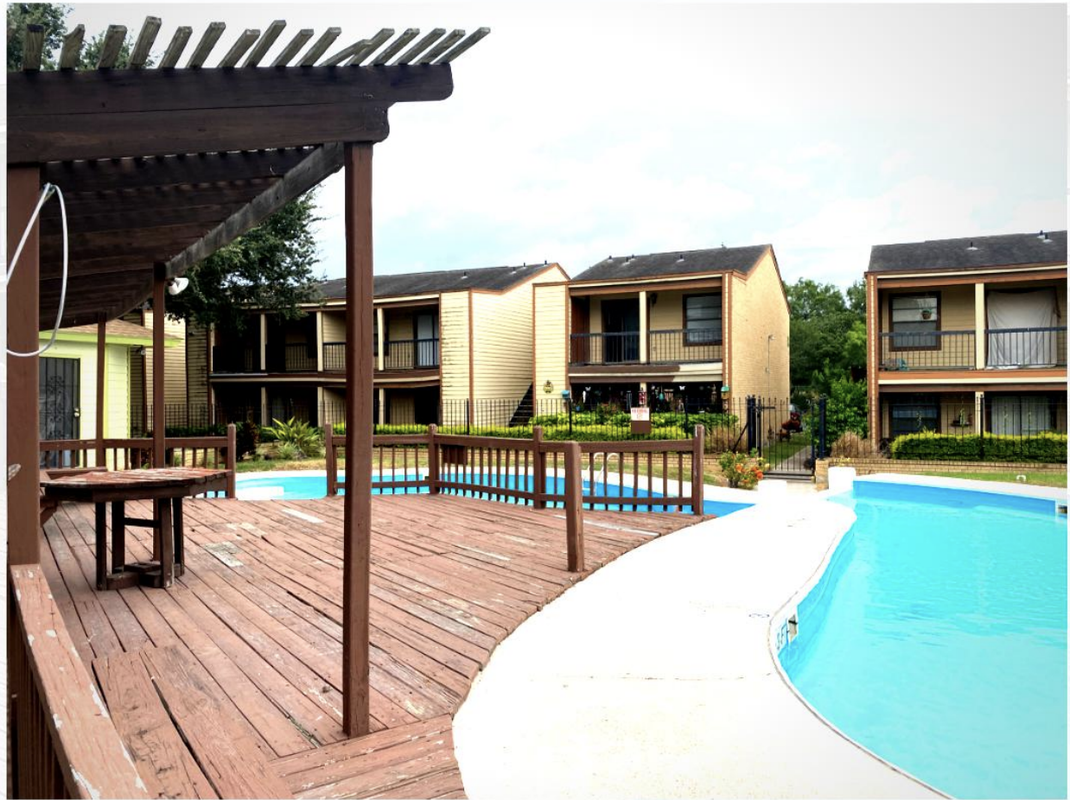 Investors anticipate steady demand for multifamily housing In an environment filled with uncertainty, multifamily housing continues to attract real estate investors. Apartment buildings possess characteristics that insulate them from the societal shifts threatening the office and retail real estate sectors. Remote workforce trends and online shopping do not change the fact that people need places to live. Add in a low supply of largely unaffordable single-family homes, and investors increasingly view multifamily housing as a viable opportunity for healthy returns. In fact, those who control large amounts of capital have not been shy about investing in apartments. Financing remains available for housing Housing shortages throughout the country have made lenders and governments receptive to new housing projects or renovations of existing properties. A look at recent multifamily deals illustrates the money that is on the table. In November 2020, Bain Capital Real Estate and Magnolia Capital announced their intention to invest over $900 million in multifamily properties across the United States. [1] This joint venture identified apartment complexes catering to middle-income residents as a particular area of opportunity. The year closed out with other multifamily deals from large players. For example, CapitaLand out of Singapore and an Austin, Texas, organization plan a $300 million joint venture for the acquisition and development of multifamily properties in both the Southeast and Southwest. Additionally, the private equity real estate company Turner Impact Capital has committed $350 million to buying nearly 10,000 units. [2] Inflation expected to raise CRE values It is no secret that the government has been injecting large amounts of money into the economy as a stimulus to counter pandemic economic disruptions. Fears of inflation naturally follow such acts, but this time economists predict that inflation will affect commercial real estate and other assets more than consumer goods. One-time Wharton professor Peter Linneman, speaking in a Walker & Dunlop Walker Webcast, explained that large portions of stimulus funds have gone to huge entities like JPMorgan and Goldman Sachs, who then invest in assets. They make moves in the hundreds of millions of dollars, which results in lifting the value of assets due to more money being in the system. [3] Affordability issues keep people in multifamily housing Multifamily housing investments rely on renters, and economic realities appear to almost guarantee a strong supply of renters for years to come. Although many people would like to buy a home, they end up renting because their incomes cannot support a home purchase. The Washington Post reported that home prices nationwide rose a minimum of 10% in the fourth quarter of 2020. According to data from Attom Data Solutions, home affordability declined across multiple markets in 2020 compared to the same period in 2019. [4] Multifamily properties showed strong performance in 2020 The past does not always equal the future, but any sector that did well in turbulent 2020 possesses resilient qualities. The head of investment sales at the commercial mortgage servicer Berkadia said that multifamily properties produced $122 billion in transactions in 2020. This made it the number one commercial real estate sector. Industrial property ranked second at a considerably lower $86 billion in transactions. [5] Positive long-term forecast The traditional view that multifamily housing can provide consistent returns remains true in a changing world. Private capital has shown a clear interest in investing in apartments due to a large segment of the population being priced out of single family homes. Additionally, the possibility that inflation could swell the value of assets provides investors with a reason to act soon. Overall, the basic function of multifamily housing removes it from concerns that can trouble other forms of commercial real estate. New technologies can disrupt the profitability of industrial tenants. Changing consumer habits and rising overhead costs continue to plague retail operators. However, at the end of the day, many people will continue to live in apartments. References: [1] [2] https://www.multihousingnews.com/post/the-top-multifamily-stories-of-2020/ [3] https://www.bisnow.com/national/news/economy/how-inflation-will-boost-big-cre-owners-usher-in-multifamily-golden-age-107281?utm_source=outbound_pub_15&utm_campaign=outbound_issue_45011&utm_content=outbound_link_7&utm_medium=email&fbclid=IwAR3CpYf1fCPNPttlfyYCVvFcu3EDlQgyx0SNQ66CZe7S2zUNM3WAKECWze4 [4] https://www.washingtonpost.com/business/2021/01/11/2021-housing-market-predictions/ [5] https://www.connect.media/berkadia-experts-are-bullish-on-outlook-for-multifamily-lending-acquisition/
0 Comments
Leave a Reply. |
Details
Ruben DominguezPrincipal and founder of Totem Capital Group Archives
April 2022
Categories |
Copyright © 2020

 RSS Feed
RSS Feed